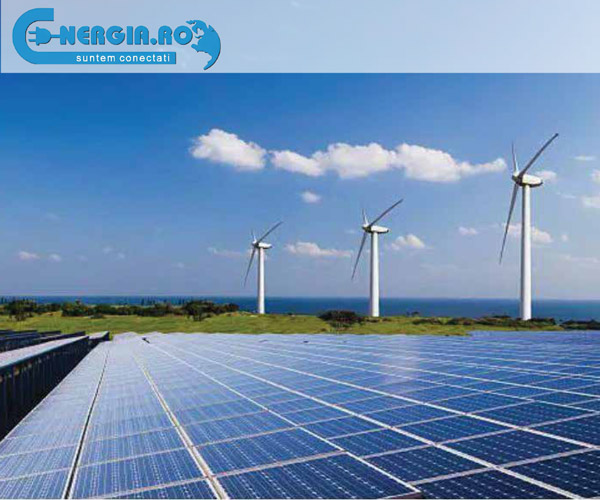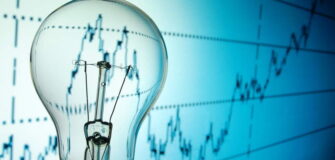WORLD: Electrolyzer production capacity outstrips demand from green hydrogen project developers by 17 times
Share

Investments in electrolyser plants are well ahead of demand from green hydrogen project developers. According to new data, electrolyser production capacity currently stands at 31.7 GW, 17 times the 2023 supply volumes of under 2 GW. As well as 7 times the expected deliveries in 2024.
The company’s Electrolyser Manufacturing 2024: Too Many Fish in a Tiny Pond report on electrolyser manufacturing in 2024 also notes that 68% of the world’s electrolyser manufacturing capacity, or 21 GW, is located in China, and shares of Western companies in this country is constantly decreasing and is now less than 10%.
Global demand for electrolysers in 2024, according to analysts’ estimates, is around 4 GW. At the same time, production capacity could grow to 54 GW if all the announced plans are implemented.
As far as technological infrastructure is concerned, alkaline electrolysers predominate, with their market share currently being 75-80%.
Regardless of the oversupply, incumbents and new market participants continue to build new capacity. For example, at the end of last year, the Chinese company Trina Solar, which is among the largest producers of solar panels in the world, started construction of a plant for the production of electrolyzers in China with a capacity of 1.5 GW.
BNEF estimates that there are more than 100 electrolyser companies today, and the top ten alkaline electrolyser manufacturers’ share has fallen to 50%, compared to 84% in 2021. In the segment of PEM-electrolyzers (based on proton exchange membrane technology), the concentration is greater – five companies account for 72% of the market in 2024.
In 2025, the production capacity of electrolyzers may increase even more – up to 75 GW, predicts BloombergNEF. On the face of it, this rapid expansion is beneficial for hydrogen project developers, as large orders must be fulfilled reliably, and economies of scale should provide an opportunity to reduce the cost per unit of output.
However, developers have not made the large orders expected in 2023, largely due to the slower-than-expected roll-out of subsidy programs in the US and EU. As a result, electrolyser manufacturers have received almost no return on their huge investment.
According to BNEF data, only one manufacturer has reported a profit in 2023. This is Thyssenkrupp Nucera with a net profit of $23 million. This was mainly due to the fulfillment of a 2.2 GW order for the world’s largest green hydrogen plant under construction, the Neom project in Saudi Arabia.
Others, such as Enapter, have reported annual losses ranging from $13 million to Plug Power’s nearly $1.4 billion.
In another study of its own published in March, BNEF reported that in 2023 the value of building electrolysers for the production of green hydrogen in China, the US and Europe, or the three largest markets, increased by more than 50% compared to last year . This is in contrast to previous expectations of continued cost reductions thanks to economies of scale and technology improvements.
In 2022, experts predicted that many electrolyser manufacturers would go out of business this decade due to oversupply. Today, there is a large gap between production capacity and sales.

















